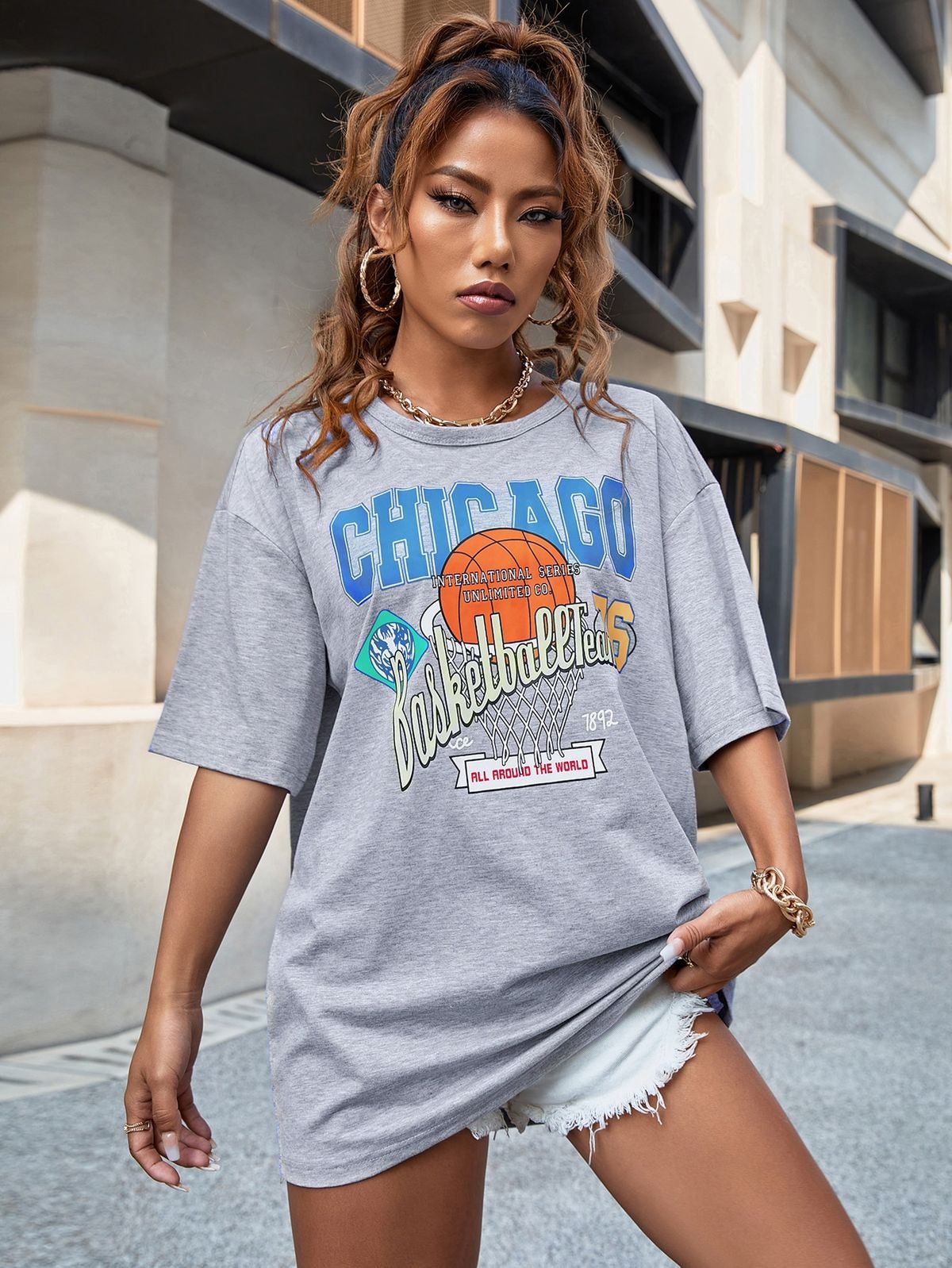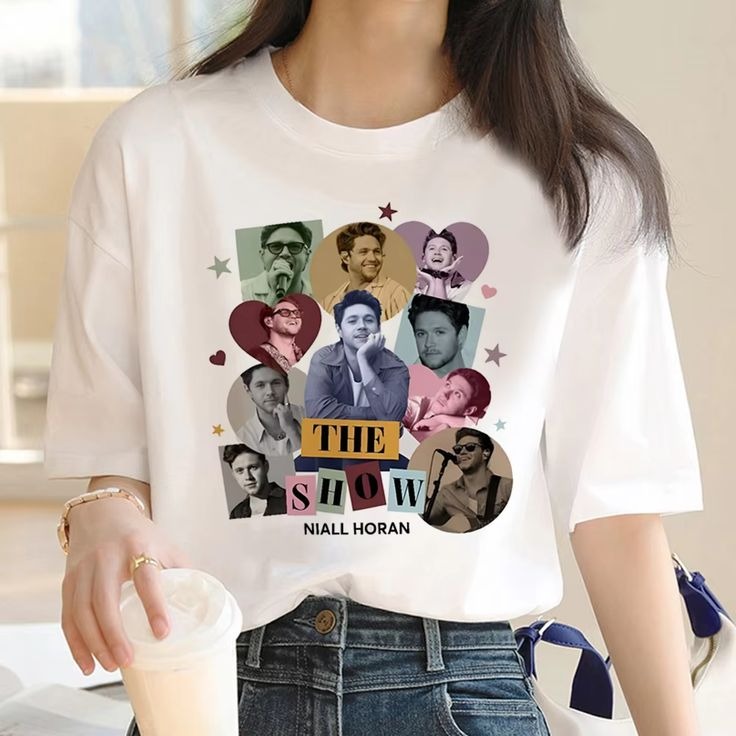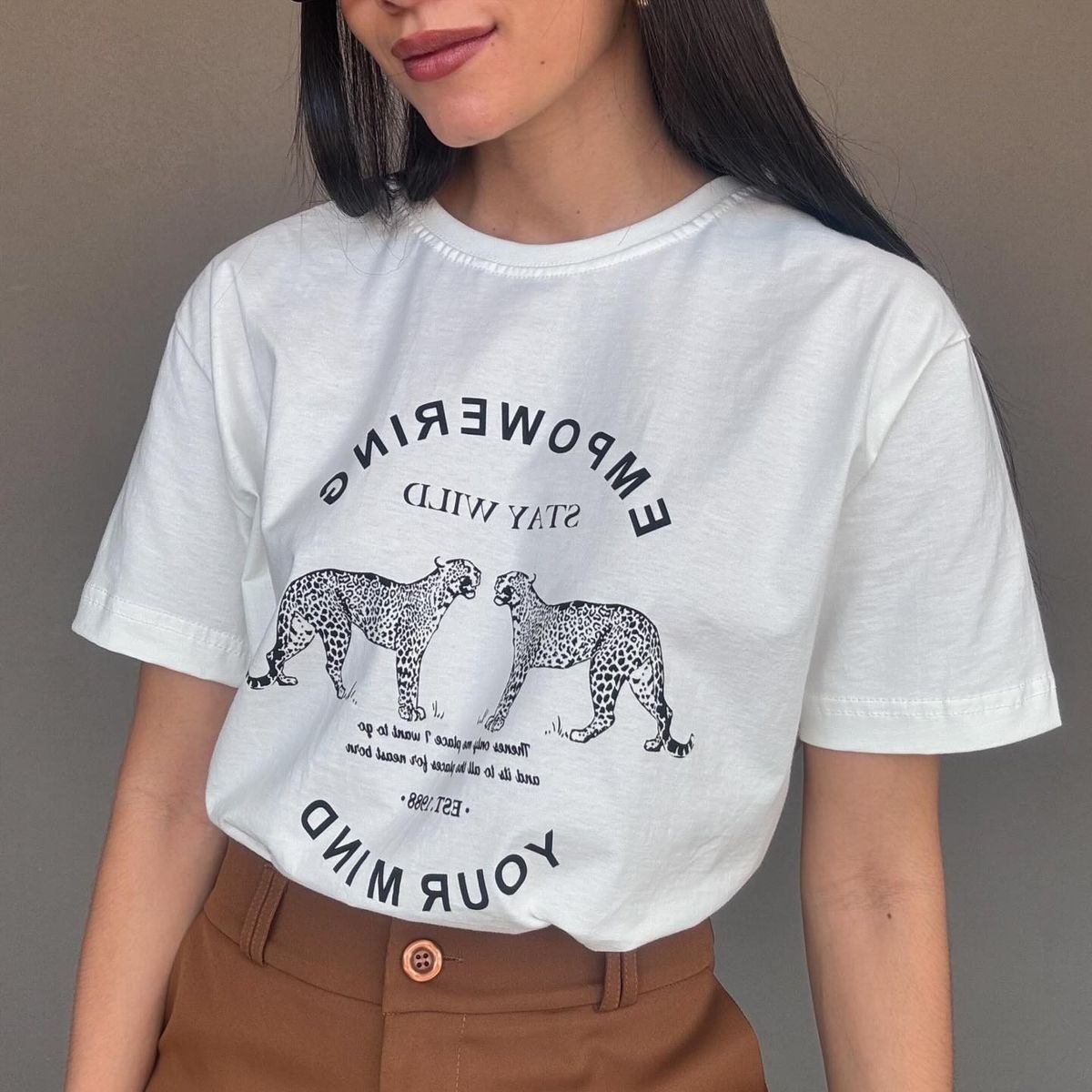No products in the cart.: 0.00 $
Fashion as Living Language: A Comprehensive Journey Through Style, Society, and Selfhood

Fashion, in its essence, is one of the most intricate, dynamic, and profound expressions of human life. It is not merely a matter of fabric or color, nor a fleeting aesthetic trend detached from deeper meaning. Rather, it is a complex system of signs, a mode of nonverbal communication that operates across personal, social, and historical dimensions. Every garment tells a story, whether it is worn by a monarch on the steps of a palace or by a student walking through city streets. Fashion speaks silently, but its impact is anything but mute. It is language without words, sculpture in motion, history sewn into thread. Through the ages, fashion has shaped identities, defined generations, reflected upheavals, and forecasted futures. Its significance spans beyond appearance to reveal the inner mechanics of culture, power, creativity, resistance, and belonging.
To grasp the true weight of fashion, one must return to its earliest incarnations. Before societies were written into books or memorialized through monuments, they were expressed through dress. Archaeological findings reveal that even prehistoric communities adorned their bodies not only for warmth or protection but also for ritual, hierarchy, and symbolism. Clothing was used to indicate spiritual beliefs, tribal allegiances, or social roles. In this way, the history of fashion is inseparable from the history of humanity. As people migrated, traded, conquered, and coexisted, their attire evolved to reflect their shifting environments and values. This early interweaving of dress and identity laid the foundation for fashion’s enduring role in civilization.
In ancient cultures, fashion became increasingly codified. In Mesopotamia, garments reflected both gender and class. In Egypt, color, fabric, and ornamentation carried religious significance. Linen represented purity and divine order, while gold jewelry signified favor from the gods. In Greece, the draped garments of citizens reflected ideals of proportion, democracy, and harmony. The Roman Empire embraced sartorial symbols of authority, where the toga functioned almost as a uniform of political status and moral virtue. These civilizations understood that fashion was not frivolous but potent—capable of conveying belief systems, commanding respect, and reinforcing societal structure.
The Middle Ages in Europe saw fashion placed under the control of monarchies and the church. Through sumptuary laws, rulers restricted what individuals could wear based on their social rank, attempting to freeze fashion as a fixed mirror of class order. The clergy dressed in severe robes to evoke humility and divine connection, while the nobility adopted increasingly extravagant silhouettes and embroidery to distinguish themselves. Clothing choices became tools of regulation and obedience, but within those constraints, individuals still found ways to innovate and express. At court, an elaborate sleeve or intricate pattern could communicate intelligence, romantic interest, or political alignment.
The Renaissance marked a dramatic shift in the way fashion was conceived and consumed. With the rise of individualism, scientific exploration, and artistic flourishing, European societies began to invest fashion with new meaning. Tailoring advanced, and new textiles—like silk and velvet—poured in from trade with Asia and the Islamic world. Portraits by artists such as Botticelli and Bronzino immortalized elite fashion as both aesthetic and symbolic. In Florence, Venice, and later in the courts of Spain and France, fashion became a tool of diplomatic performance. Royal marriages, ambassadorial gifts, and public ceremonies revolved around attire, which now carried the burden of national pride and political messaging. At the same time, new merchant classes emerged, challenging the hereditary aristocracy and using fashion as their weapon of upward mobility. The democratization of elegance began, albeit slowly.
The seventeenth and eighteenth centuries represent fashion at its most theatrical. Versailles under Louis XIV operated as a visual theater of control. The king’s daily dressing ritual was an elaborate performance designed to reinforce hierarchy and dependence. Court fashion became a method of economic manipulation, as nobles were pressured to spend fortunes on clothing to maintain their status. While extravagance reigned in France, fashion centers also developed in London, Milan, and Vienna. Trends spread via word of mouth, engraved illustrations, and textile trade. Silhouettes grew wider, hairstyles higher, and decoration more elaborate. Beneath this beauty, however, social inequality festered. The excessive luxury of the aristocracy stood in stark contrast to the simplicity and suffering of the working classes. As Enlightenment ideas spread, clothing became a site of resistance as well as display.
The French Revolution profoundly disrupted the fashion landscape. Overnight, the garments of the elite became dangerous symbols of tyranny. The sans-culottes rejected breeches and silks in favor of plain trousers and practical coats. The guillotine claimed not only heads but also an entire fashion regime. What followed was a more restrained and politically conscious form of dress. Simplicity, virtue, and utility came into vogue. Neoclassical influences promoted columnar silhouettes for women and tailored jackets for men. Fashion now bore the scars and dreams of revolution, carrying forward its political role into the modern era.
The Industrial Revolution radically transformed every aspect of fashion production and consumption. Mechanized looms, chemical dyes, and the invention of the sewing machine made clothing faster and cheaper to produce. The rise of department stores and fashion magazines gave consumers unprecedented access to trends and products. For the first time, fashion became a mass experience, rather than a privilege of the few. With urbanization and the expansion of the middle class, individuals were increasingly judged by their appearance in the public sphere. New standards of professionalism, propriety, and gender norms influenced how people dressed for work, leisure, and social life.
The twentieth century witnessed an extraordinary expansion of fashion’s creative and cultural role. Designers such as Coco Chanel, Elsa Schiaparelli, and Paul Poiret challenged Victorian modesty and redefined female fashion. The flapper look of the 1920s symbolized liberation from corsets, patriarchy, and conservatism. During the world wars, fashion responded to scarcity with ingenuity. Military uniforms influenced civilian styles, and women entered factories wearing practical trousers and jumpsuits. Post-war prosperity brought a return to glamour, embodied by Christian Dior’s “New Look” that celebrated femininity and luxury.
From the 1960s onward, fashion became a central battlefield in cultural revolution. Youth subcultures emerged with their own distinct aesthetics: mods, punks, hippies, goths, and later hip-hop communities all developed visual languages that resisted mainstream norms. Fashion became a means of protest, creativity, and community building. Designers like Yves Saint Laurent, Vivienne Westwood, and Jean-Paul Gaultier broke rules, played with gender, and celebrated subversion. Meanwhile, the rise of global capitalism and mass media turned fashion into a billion-dollar industry, propelled by celebrity endorsements, fashion shows, and advertising.
The digital age has accelerated fashion to unprecedented speeds. Online shopping, social media, and influencer culture have shifted power from traditional gatekeepers to individuals with smartphones and followers. Trends can now be born, peak, and die within weeks. Micro-aesthetics—from cottagecore to dark academia—proliferate online, allowing users to curate hyper-specific identities through style. Fashion’s temporality has become more volatile, but its accessibility has grown. Anyone, anywhere, can be a designer, a model, or a stylist. The once exclusive world of fashion has become participatory, global, and interactive.
This acceleration has not come without cost. Fast fashion has led to environmental degradation, labor exploitation, and ethical dilemmas. Brands produce immense volumes of clothing that are discarded just as quickly. The environmental impact is staggering: polluted waterways, overflowing landfills, and carbon emissions now haunt the beauty of the industry. In response, a counter-movement of sustainable fashion has taken root. Designers are experimenting with recycled fabrics, biodegradable materials, and circular design models. Consumers are rethinking their habits, opting for quality over quantity, and embracing secondhand culture. The future of fashion may depend not on more but on better.
Inclusivity has become one of the most important developments in recent fashion history. Long dominated by narrow ideals, the industry has begun to open its runways and campaigns to more diverse bodies, identities, and stories. This shift goes beyond representation—it challenges the foundational values of the industry. When beauty is no longer confined to one shape, size, or color, fashion regains its democratic power. It becomes a space of validation rather than exclusion, of celebration rather than conformity. Brands that once ignored marginalized communities are now recognizing that style is universal, and dignity should be too.
At the deepest level, fashion is personal. It connects us to our memories, families, emotions, and dreams. A jacket may remind us of a parent, a scarf may hold the scent of a lover, a dress may mark a milestone. Clothing is how we face the world—how we armor ourselves, perform ourselves, and sometimes reveal ourselves. It offers comfort and confidence, transformation and nostalgia. It is a second skin, one we choose each day with intention or instinct. Fashion allows us to write our own stories on the surface of the body and to invite others to read them.
In the vast mosaic of human culture, fashion stands as both artifact and act. It is tangible—made of thread and textile—but also intangible, imbued with meaning and motion. It is influenced by politics, religion, economy, art, and psychology. It both reflects and creates reality. As we look to the future, fashion will continue to evolve in ways we cannot fully predict. Yet its role as a mediator between the individual and the world will remain. Fashion is not only what we wear. It is how we see ourselves, how we express belonging and difference, how we participate in the world’s beauty, sorrow, resistance, and hope.
In every hemline, every button, every silhouette, fashion carries a trace of humanity—its triumphs and failures, its creativity and chaos. It is not merely an industry, but a language of life, and as long as people walk the earth, they will dress not only to cover their bodies, but to reveal their souls.



